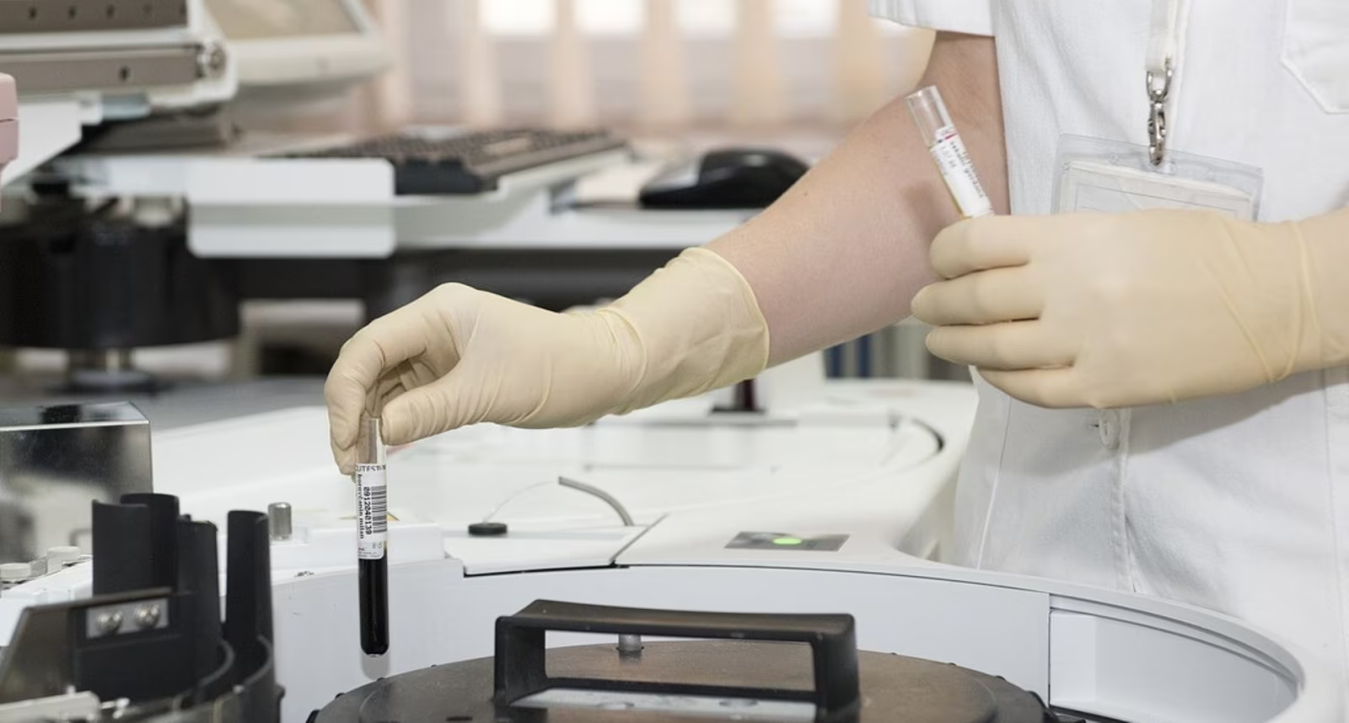Free Courses Sale ends Soon, Get It Now


Free Courses Sale ends Soon, Get It Now



Copyright infringement not intended
Picture Courtesy: https://www.hindustantimes.com/world-news/us-news/what-is-alaskapox-alaska-reports-first-fatal-case-of-viral-disease-101707705114005.html
Context: An elderly man from Alaska became the first person to die after contracting Alaska Pox, a rare viral disease discovered in 2015.
Alaskapox
What are the Symptoms of Alaskapox?
How is Alaskapox transmitted?
How is Alaskapox diagnosed and treated?
Conclusion
|
PRACTICE QUESTION Q. Consider the following statements in the context of the Alaskapox. 1. It primarily spreads through close contact with infected individuals or their lesions. 2. Zoonotic transmission from rodents like red-backed voles is suspected. 3. Airborne transmission is considered a major route of spread. 4. Human-to-human transmission is extremely rare. How many of the above statements are correct? A) Only one B) Only two C) Only three D) All four Answer: C Explanation: Statement 1 is correct: Alaskapox is a type of orthopoxvirus that causes skin lesions and systemic symptoms in humans. It is transmitted through direct contact with the skin or mucous membranes of infected people or their lesions, or contact with contaminated objects or fomites. Statement 2 is correct: Alaskapox was first identified in 2015 in two people from Alaska who had contact with rodents, specifically red-backed voles. The virus was also detected in a red-backed vole from the same area where one of the human cases occurred. Therefore, it is suspected that rodents are the natural reservoirs of Alaskapox and that they can transmit the virus to humans through bites, scratches, or exposure to their urine or faeces. Statement 3 is incorrect: There is no evidence that Alaskapox can be transmitted through the air, unlike some other orthopoxviruses such as smallpox or monkeypox. The virus has not been isolated from respiratory specimens of human cases, and there have been no reports of secondary transmission among close contacts of infected individuals. Statement 4 is correct: Human-to-human transmission of Alaskapox has not been documented at all. The virus seems to have a low infectivity and virulence in humans, and the risk of transmission is likely reduced by the use of standard precautions and infection control measures. |
© 2024 iasgyan. All right reserved